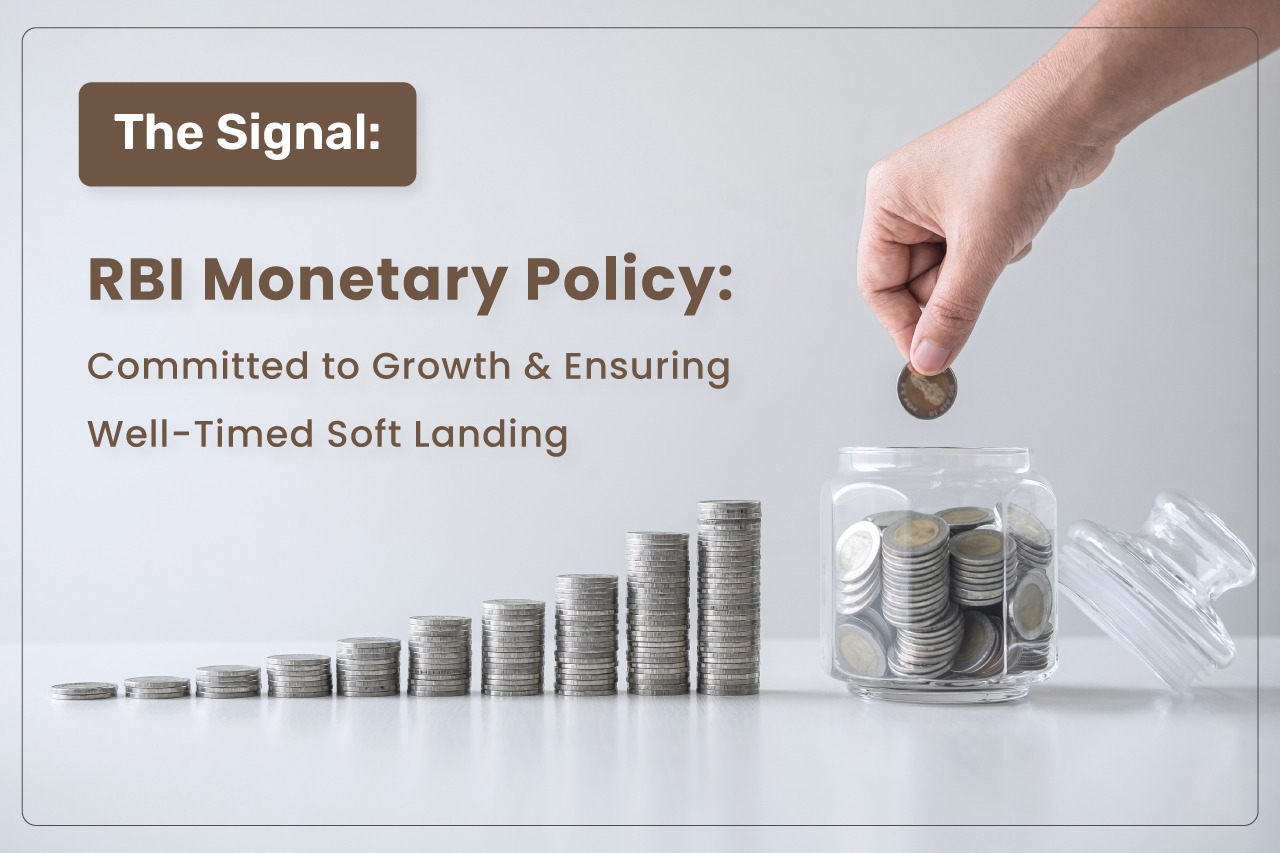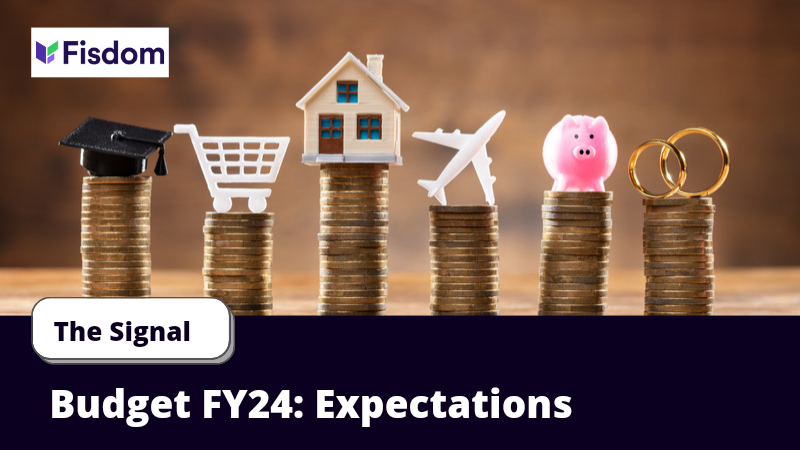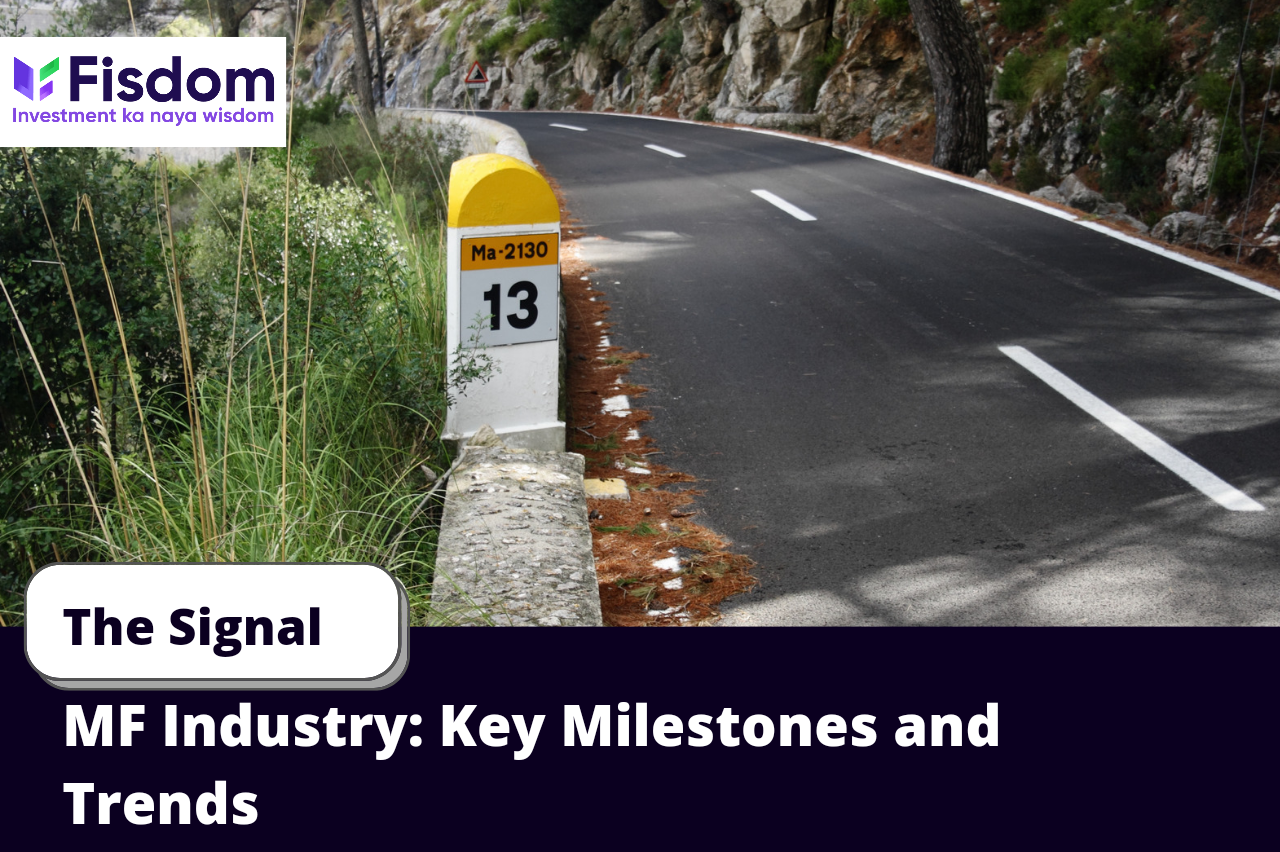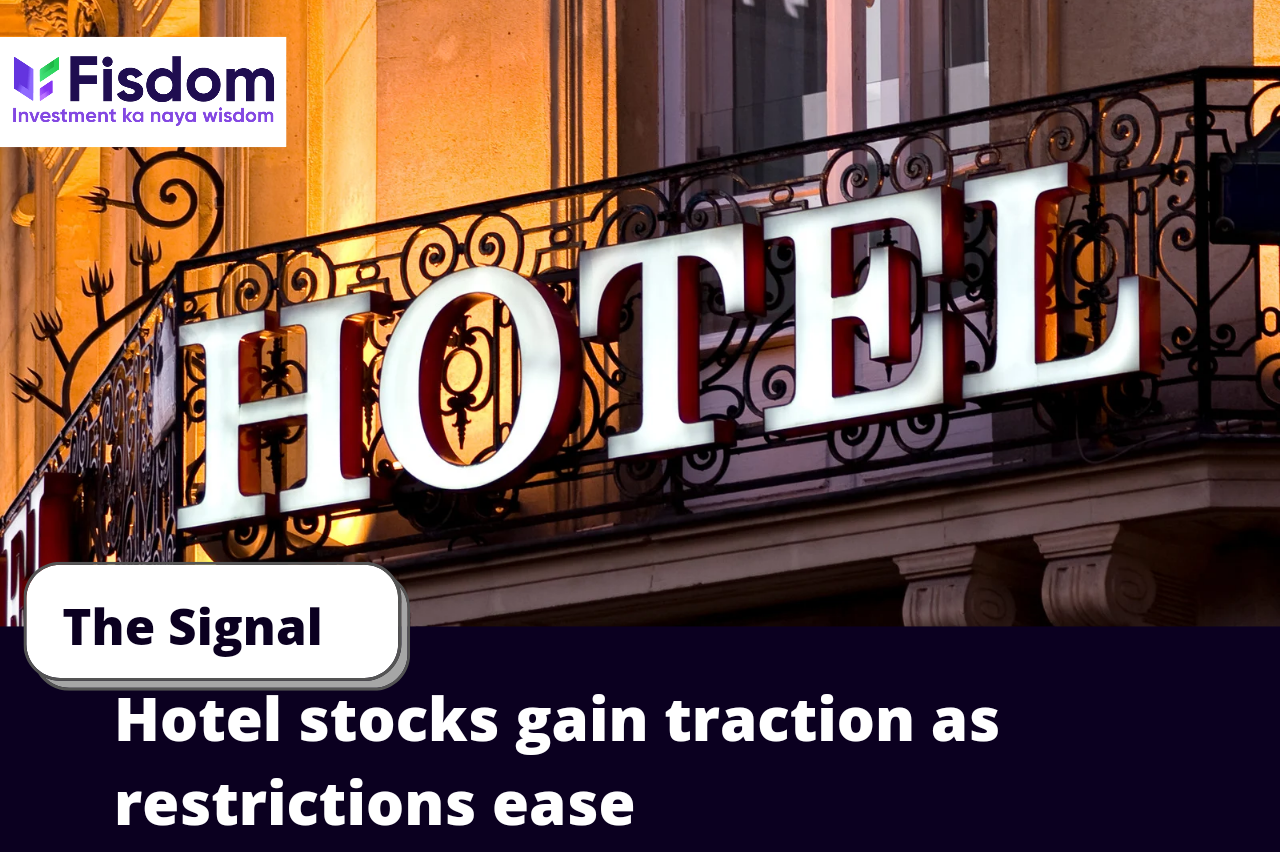

General Commentary
While acknowledging the looming risks posed by the omicron variant of the virus, the Central Bank
has decided to wait and assess the situation before jumping into policy normalisation actions.
The Governor asserted that the data reflects a promising pickup in aggregate consumption demand
led by rural India owing to a stronger comeback of the agriculture sector. Reduction in excise and VAT
on fuel prices is expected to support demand. While prospects of economic activity are steadily
improving, private consumption is still below pre-pandemic levels. The sluggish present state of the
economy and private consumption warrants continued support for durable recovery.
The Central Bank has stated that it holds strong buffer to manage global spill overs and inflation is
broadly aligned with targets. The Governor asserted confidence while stating that the Central Bank is
better prepared to deal with the economic ramifications of the pandemic.
The RBI will release a discussion paper on charges on digital payments. It is to also launch Unified
Payments Interface (UPI)-based Feature Phone Products. Further, UPI caps for gilts, retail and IPOs are
to be enhanced to Rs 5 lakh
Stance & Rates
The committee has voted 5:1 in favour of a ‘accommodative’ stance to revive and sustain economic
growth on a durable basis.
Policy rates are held steady for the ninth consecutive time. Repo pegged at 4% and Reverse Repo at
3.35%. Marginal Standing Facility and Bank Rate also held steady at 4.25%.
Projections
RBI’s projection for real GDP growth remains at 9.5% while projection for Q3FY22 trimmed to 6.6%
from 6.8% and Q4FY22 trimmed to 6% from 6.1%.
Headline inflation expected to peak in Q4FY22 before normalising thereafter. Target CPI inflation for
FY22 pegged at 5.3%. CPI inflation expected to be around 5.1% in Q3FY22 and 5.7% in Q4FY22 before
settling around 5% through Q1FY23.
CPI inflation excluding food & fuel since Jun’20 remains to be a policy concern with the increasing
probability of input cost pressures to be transmitted rapidly into retail inflation.
Actions & Exercises
RBI remains committed to maintaining an accommodative stance for as long as the economy needs it.
At the same time, it will be open to proactively utilising Open Market Operations tools and operation
twist as and deemed necessary.
RBI will re-establish 14-day VRRR auction as the go-to liquidity management exercise. VRRR target was
pre-announced to be pegged at INR 6 Lakh Crore by 3rd Dec’21. The Central Bank has also been
conducting 28-day VRRR auctions and has expressed that going ahead, 14-day VRRR operations will
be complemented by longer duration auction programs with size and maturity being decided basis
continuous assessment of evolving liquidity situation.
TLTRO (targeted long-term repo operations) will continue till the terminal date. It is proposed to return
to normal dispensation under the MSF window. Banks can dip into two percent of NDTL with effect
from January 1, 2022, as against three percent now. Banks will be allowed to make a one time
prepayment.
The Governor shared targeted 14-day VRRR auction sizes as INR 6.5 Lakh Crore on 17th Dec’21 and INR
7.5 Lakh Crore on 31st Dec’21. He also stated that going ahead, Jan’22 onwards, liquidity absorption
exercises will be primarily through the auction route.
Our Take
Though largely anticipated, the decision to hold rates steady reflects the Central Bank’s commitment
to economic growth. The announcement is expected to accentuate confidence among economic
participants and trigger a stronger spirit tuned for recovery.
We expect the Central Bank to face pressures for policy normalisation sooner than later if risks such
as global policy normalisation, beyond expected fuel-led inflationary pressure, accelerated demand led
inflation materialises. The Central Bank has asserted that liquidity management would be done
primarily through use of auctions. However, if a risk-induced situation materialises and warrants a
policy rate action by the next MPC meet scheduled February 2022, we can expect the Central Bank to
first modify the reverse repo rate and wait before it amends the repo rate.



























